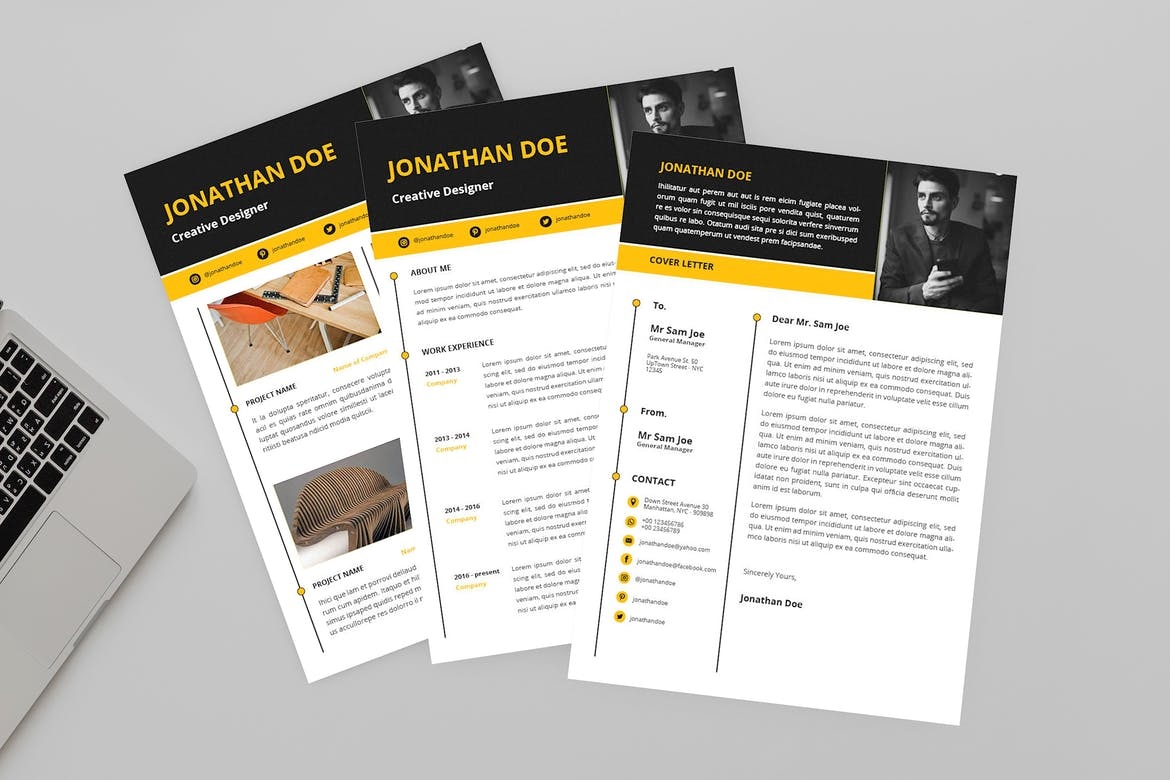Is it possible to design a Resume for professional retraining that appeals to recruiters? This is a question that often arises when you want to complete your old journey and retrace a brand new one in a position you’ve never been to before.
In addition, demanding recruiters will not want to recruit someone with a Resume that does not match the job offered. So, is there no hope left? Should we continue with our old job desperately? The answer is no, fortunately! Just give your Resume a facelift and you’re done. We suggest that you continue reading until the end if you have difficulty writing your Resume for professional retraining.
Why reorganize your CV for professional retraining?
Many people want to move to another profession. They each have their own reasons but their goals remain the same, to retrace a whole new path, change a little and try new things. To do this, you will have to convince the recruiter and write your CV in order to:
- Prove that despite an atypical course, you still have the qualities sought
- Explain your professional reorientation in a clear and logical way, this can also be explained in the cover letter
- Show that you are determined and confident
- Show your recruiter that you did not apply by chance.
Focus on your strengths
Before updating your CV, you should ask yourself questions based on a self-assessment. This is to determine your strengths and explore your past routes. Check to see if there are any skills, qualities or small assets that may match the requirement of the new position you are interested in.
Indeed, finding a job as part of a professional reconversion is a real challenge. To know how to write your CV for professional retraining, it is necessary to start with an evaluation of certain elements. Among others: its skills, its strengths, its weaknesses and finally its possible chances of being hired in the desired profession.
Unveil your conversion project
To better understand the course of your career, you must clearly specify the title, the career summary and the reason for your current positioning. Make sure your title matches the position you are applying for.
Make your past experiences an asset
Even if it has nothing to do with the future job, old experiences can be assets. For example, if you have spent half your life working as a sales representative, and you want to get involved in the social world, you can use your qualities as an asset once your application has been validated.
That said, moving from a sales representative to a social adviser is entirely possible. The latter two jobs require similar qualities: the ability to listen, the ability to persuade, to negotiate and to be comfortable with people.
In addition, to successfully complete your professional transition, you must be inspired by the CV templates available online. But how do we do this? The principle is simple. Simply explore a site specialized in this field and then download a Template that best suits your area of interest.
On the other hand, it is likely that a recruiter will rely on the qualities of the CV and the candidate’s other assets, if the latter promise to match the profile required for the position. This is another reason why it is so important to take good care of your CV.
Feel free to prioritize
In general, your CV enhances each of your experiences. At the same time, it presents all the missions you have accomplished. However, the presentation on this one must be made at the expense of your last progress and your objective.
As a result, you need to further develop your career path and include missions that are relevant to your objective. To do this, you must give room to some of your experiences, that is, those that are exactly related to the position you are seeking.
For example, even if the reception of the artists is interesting, in relation to your objective, the teaching of French or the animation of a photo workshop will be rather pleasant to put on your CV. In choosing to do this, you must mention the specific details. For example, reveal the name of the teaching where you worked and specify the time you spent there. This responsibility is interesting, of course, but it can be perfectly in line with your objective. So why not enhance it?
Explain your professional turns
Seduce the recruiter with a rich and varied professional background. To achieve this, try to explain as best as you can the reason for your professional transition. Indeed, if you have left a position as an editorial manager to become a moderator, it deserves to be explained and even valued.
Apart from that, you must also check the geographical repositioning on each of your professional reconversions. Indeed, the recruiter may doubt you in case your experiences show constantly distant locations. It will also encourage him to contact the companies you mentioned to see if you are telling the truth. In order to avoid all this, you must link your latest experiences together, and do so with a clear and concise sentence.
Take care of the layout
When it comes to fitness, don’t try to do too much. Choose a minimalist style that is both aesthetic and pleasing to the eye. Make sure that the font is clearly legible, both on the printout and on the screen.
Choose simple graphic templates and avoid putting a logo on them at all costs. Also, make sure you have an impeccable spelling throughout your CV. Then, select only the essential information to make your CV fit on a single page. To top it all off, once you have completed your CV for professional retraining, save it in PDF format.
Now that you know how to write your resume for professional reconversion, discover the list of sites to post your resume to increase your chances of being called.

